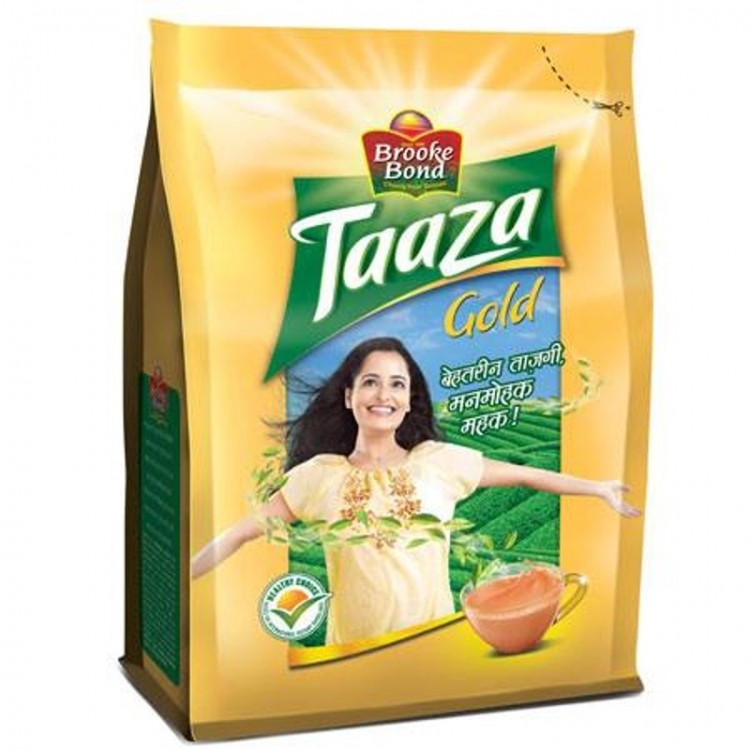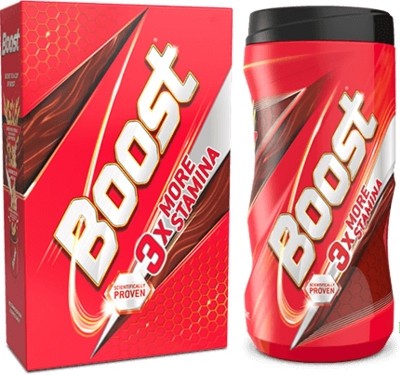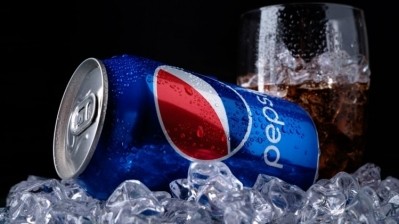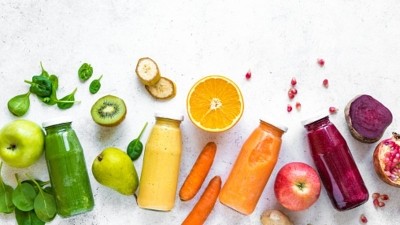Commodity concerns: Unilever India highlights tea rebound and health foods innovation to battle inflation challenges

HUL recently announced its Q2 FY2022 financial results and revealed healthy overall growth including net profits of INR 22.9bn (US$ 290mn), an 11% growth year-on-year; as well as an EBITDA margin of 23.2% - but a lot of the discussion was focused on the inflationary challenges the company is currently facing.
According to HUL CEO and Managing Director Sanjiv Mehta, various key commodities that HUL uses to make its products and packaging including barley, palm oil and polyethylene are all experiencing record-breaking inflation.
“Against 10-year median prices [crucial commodities such as barley and polyethylene have all inflated by more than 50% and the prices are at an historic high,” Mehta said during an investor and press event announcing HUL’s financial results.
“Palm oil [has] seen more than 100% inflation [and] has softened in the recent days from its peak [but is still not at normal levels], and even tea which saw extremely high inflation in 2021 and has [since] cooled off from this peak is still at relatively high levels [of inflation].
“Another source of inflation [in India] has been currency depreciation, with the dollar strengthening and USD-INR rates that were previously relatively stable around 74 to 75 now hovering around 80.”
HUL CFO and Executive Director for Finance and IT Ritesh Tiwari further stressed that this inflation has impacted production costs, hinting at potential further pricing actions to alleviate this pressure.
“Inflation has certainly further worsened in this quarter [and we are seeing] a 330 basis point year-on-year increase in our costs of goods sold,” said Tiwari.
“We have managed to hold the EBITDA margins at a healthy 23.2% [but] inflation continues to be a significant challenge [and as many have seen], market prices of most of the commodities are at very high levels.
“Needless to say, we will continue to extensively drive productivity improvement in our business and [at the same time] take calibrated pricing action. [In fact], looking ahead in the near-term, [we expect] growth will be priced led, as inflation continues to impact consumption.”
As part of its strategy to combat the impacts of inflation, under its Foods and Rereshment business HUL is planning a strong focus on areas including tea – primarily due to its strong rebound from all-time inflation-related price highs – and also health foods such as malt drink Horlicks.
“HUL’s tea business is a market leader [here in India] and in addition to the year-on-year [cost] deflation we are seeing, so far the crop has also been good [despite] recent floods in Assam, hopefully overall production pans out,” Tiwari added.
“We are both value and volume leaders in the tea category and already have a fabulous portfolio across price points in tea, be it Taaza at the mass end or the premium Taj Mahal at the other end - and this is a pretty strong portfolio.
“We have also done what is required to be done in terms of pricing - We were very measured and we took in small steps price increases when tea inflated tremendously and [have] done an equal job of also ensuring that the price value equation remains intact and competitive for our consumers.
“So [all in all] we will do what is required in our tea strategy to ensure we hold on to the gains we have got, by remaining strong across price points and inserting agility [into pricing and innovation].”
Mehta added that tea is also a crucial category for HUL as it is part of the firm’s unique ‘Winning in Many Indias’ (WIMI) model, which classifies India as a whole into 15 consumer clusters to provide insights into product development and marketing, further supported by 16 business teams functioning as micro-organisations to reduce the time taken to land innovations.
“Categories like tea lend itself to our WIMI play much more, because your competitors are different in different pockets, the market shape is very different in different pockets and you can't have one recipe for the entire country [when it comes to innovation],” he said.
“I think amongst the large companies, we are the company which is most adroit in playing the WIMI game [and that will help us to grow even faster].”
Health foods and drinks
In addition to tea, HUL is also seeing its Health Food Drinks business as an important sector to help it bounce back from the impacts of inflation, particularly revolving around the Horlicks brand.
“We have streamlined the Horlicks portfolio and are also going into the plus range much more strongly with this,” said Mehta.
“This is a higher science range, and we have a very attractive innovation funnel [plus] are also focused on driving our top line of the core portfolio stronger and lot of work on market development is happening - when commodity prices soften we will see a huge bounceback [for Health Food Drinks], and then we will start unleashing the innovation that we have all got ready in the pipeline.
“We have several plans [and] at the end of the day this whole category [revolves around] pure nutrition, vitamin, mineral supplements [and] is a focused area for us globally and certainly very relevant for India considering the nutrition deficiency in the country.”
That said, it was stressed that at present inflation is still having a significant impact on Horlicks considering ingredients such as milk and packaging material, which needs to be taken into consideration before expansion is considered.
“If an INR2 (US$0.025) Horlicks sachet has to give a cup of Horlicks, there's no way we could reduce the quantity in that Horlicks cup beyond a point which will not give a full cup of Horlicks - So, there are those limitations and within that we have done what best we could do on price point packs,” said Tiwari.
“Hopefully when commodity [pressure] comes off, the unit economics of that portfolio in many parts will get restored and but as needed where relevant we will restore back value to consumer – [but] at any point in time, we will be competitive with our offerings at right price value equation to our consumers.”









